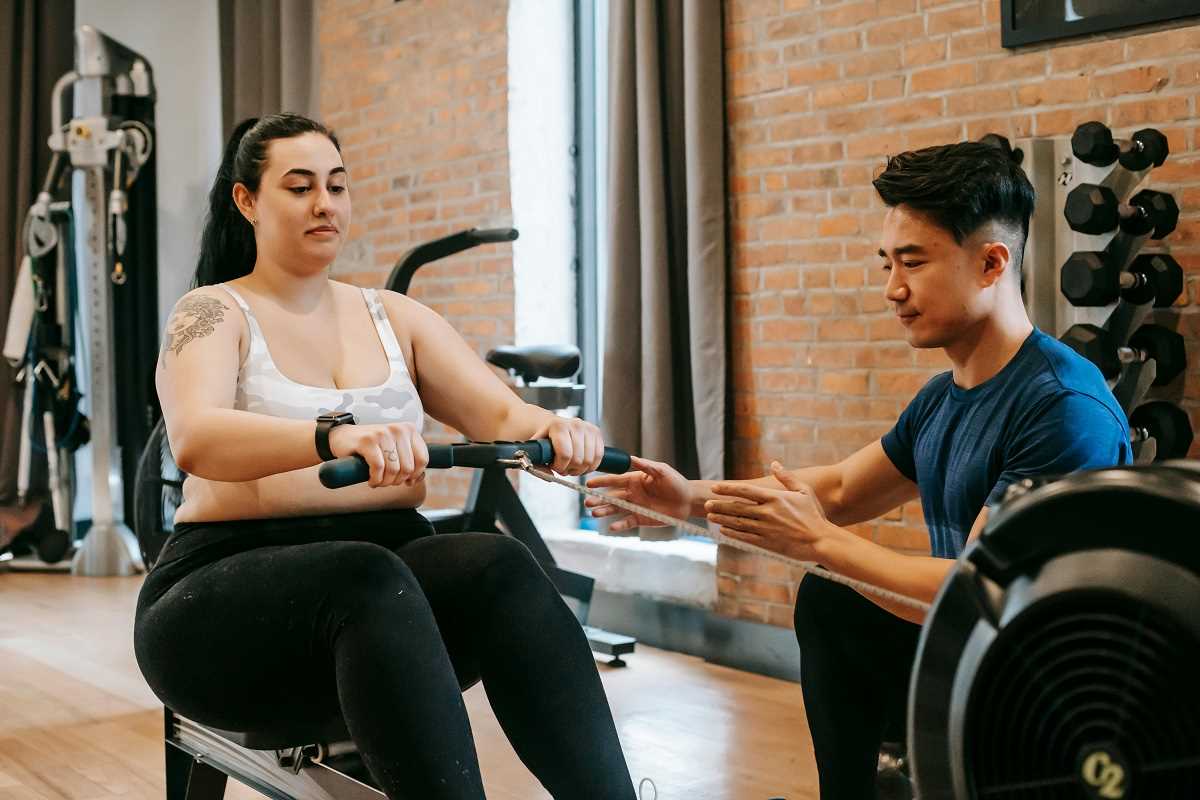Creating a workout routine that challenges your body and keeps you motivated doesn't have to involve fancy equipment or pricey gym memberships. Sometimes, all you need is a little creativity and your own bodyweight. If you have access to a garage gym or even just an open patch of floor, you're equipped to build effective bodyweight circuits that can boost your strength, endurance, and overall fitness.
Bodyweight circuits are an excellent way to exercise anywhere, anytime, and they can be scaled for every fitness level. Whether you're just getting started or looking to spice up your workout routine, this guide will help you design circuits that work for your space, your goals, and your abilities. Let's break it all down step by step!
Why Bodyweight Circuits Are a Game-Changer
Before we jump into designing circuits, let's talk about why bodyweight workouts are so effective. Here's what makes them a fantastic choice:
1. Convenience
Bodyweight exercises don’t require any equipment, so they’re perfect for small spaces like your garage gym. You can save time setting up and focus entirely on your workout.
2. Adaptability
You can tailor bodyweight circuits to match your fitness level. From beginners looking to establish a foundation to seasoned athletes pushing their limits, modifying exercises is quick and easy.
3. Overal Fitness
Bodyweight movements often use multiple muscle groups. Squats, push-ups, and burpees, for example, engage several areas of the body while also improving balance and coordination.
4. Calorie Burn
Circuit training increases your heart rate thanks to minimal rest between sets. It gives you a one-two punch of strength building and cardiovascular training in one efficient session.
5. Low Cost
No need to break the bank on equipment. All you really need is some space, perhaps a mat for comfort, and a motivated mindset.
With benefits like these, it’s easy to see why bodyweight circuits are a must-have in any fitness plan.
Step-by-Step Guide to Designing Your Perfect Circuit
Now that we've laid the groundwork, it’s time to design an effective bodyweight circuit. Follow these steps to get started.
Step 1: Define Your Goals
What do you want to achieve with your workout? Are you aiming to build strength, improve endurance, or increase mobility? Having a clear objective will help you select the right exercises.
- Strength-Focused Circuits: Prioritize compound exercises like push-ups, pull-ups (if you have a bar), and squats.
- Endurance-Focused Circuits: Include high-rep exercises such as burpees, mountain climbers, or high knees.
- Mobility and Flexibility Circuits: Add moves like lunges, yoga sequences, or dynamic stretches.
Knowing your goals helps you stay motivated and track your progress.
Step 2: Assess Your Space
Your garage gym setup could range from a fully cleared-out area to a small corner packed with storage boxes. The good news? Bodyweight exercises are versatile and need minimal room. For compact spaces, focus on movements that stay stationary, like planks or wall sits. If you have room to move, consider adding dynamic exercises such as walking lunges.
Step 3: Choose Your Exercises
A balanced circuit includes a mix of movements that target different muscle groups. Here’s a list of essential exercises and the areas they work:
- Upper Body:
- Push-ups (chest, shoulders, triceps)
- Tricep dips (arms, shoulders)
- Plank shoulder taps (core, shoulders)
- Lower Body:
- Squats (quads, hamstrings, glutes)
- Lunges (quads, glutes, calves)
- Calf raises (calves)
- Core:
- Planks (abs, lower back)
- Bicycle crunches (obliques, abs)
- Leg raises (lower abs)
- Full-Body/Cardio:
- Burpees (legs, core, arms, cardio)
- Jump squats (legs, heart rate boost)
- Mountain climbers (core, legs, cardio)
Step 4: Plan the Circuit Structure
To keep things challenging and fresh, it’s essential to organize your exercises strategically. Follow these guidelines to structure your circuit:
Set Duration and Rounds
- Complete each exercise for a specific amount of time or reps (e.g., 30 seconds or 12 reps per exercise).
- Rest for a short period (15-30 seconds) between exercises.
- Repeat the entire circuit 3-5 times depending on your fitness level.
Alternate Muscle Groups
Switch between lower body, upper body, and core exercises to prevent overworking one area and to give muscles a chance to recover.
Example Circuit Idea:
- Push-ups (30 seconds)
- Squats (30 seconds)
- Plank hold (30 seconds)
- Mountain climbers (30 seconds)
- Rest (30 seconds)
Repeat for 4 rounds.
Step 5: Don’t Forget to Warm Up and Cool Down
A proper warm-up gets your body ready for movement and helps prevent injuries. Spend 5-10 minutes loosening up with exercises like arm circles, jumping jacks, or light jogging in place.
The cool-down is equally important. After your circuit, take a few minutes to stretch or try static yoga poses, such as downward dog or a seated forward fold, to bring your heart rate back down and improve flexibility.
Step 6: Track Your Progress and Mix It Up
To stay consistent and see long-term results, track your progress over time. Take note of how many reps you can complete or if you managed to add extra rounds. Celebrate small victories and set new challenges.
Also, keep your workouts exciting by rotating exercises, increasing intensity, or trying advanced variations. For instance, regular push-ups could evolve into diamond push-ups or plyometric push-ups for added difficulty.
Pro Tips for Getting the Most Out of Bodyweight Circuits
While bodyweight circuits are simple to set up, these tips can make your workouts more effective:
- Focus on Form: Proper technique is essential to reap the benefits of each movement. Don't rush through reps; prioritize controlled and precise motions.
- Use Tempo for Variety: Slowing down or speeding up movements can change the difficulty of an exercise. For example, slow squats engage muscles more deeply, while explosive squats challenge power and endurance.
- Leverage Your Surroundings: If your garage gym has a stable surface like a bench or step, incorporate it into your circuit with exercises such as step-ups or incline push-ups.
- Progress Gradually: If you find the circuit too easy, add more rounds, reduce rest time, or try harder variations of each exercise.
Why Every Workout Counts
One of the greatest benefits of bodyweight circuits is their ability to help you stay consistent. A 20-minute workout in your garage gym might not feel like much some days, but the key is showing up. Little by little, these consistent efforts stack up to create meaningful changes in your body and mind. Plus, with no need for fancy gear, you have the ultimate flexibility to fit fitness into even the busiest of schedules.
Now that you have all the tools to design an effective bodyweight circuit, it’s time to put that knowledge into action. Step into your garage gym (or wherever you have the space) and get moving.
 (Image via
(Image via





